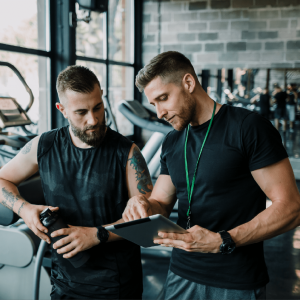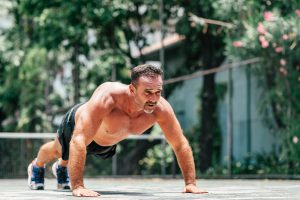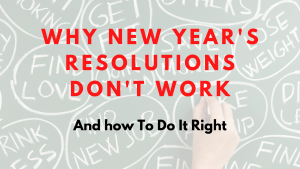
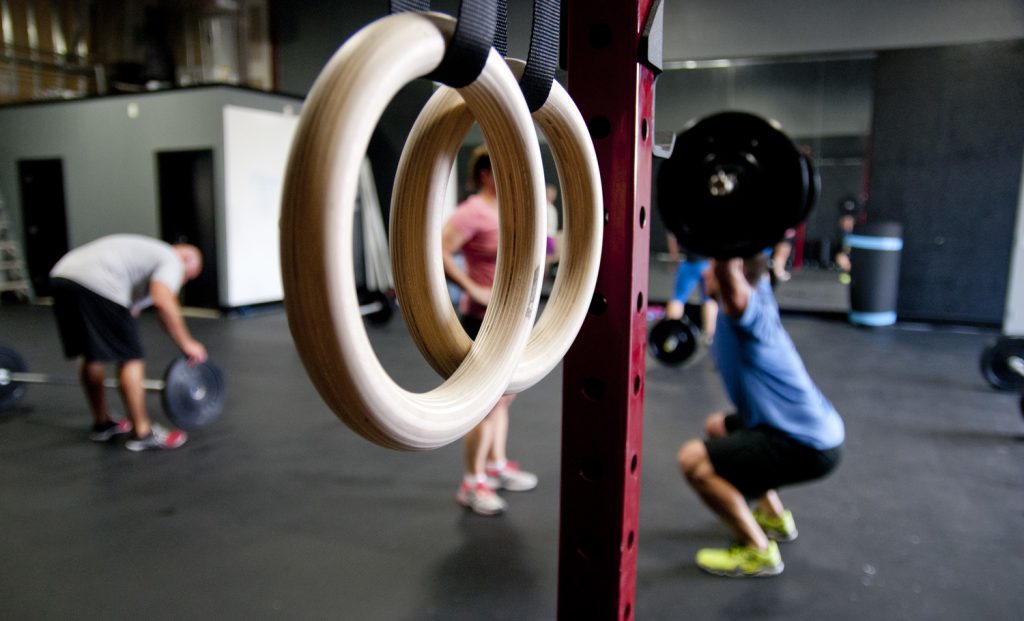
Three years ago, I was miserable. I had the most stubborn and annoying tendonitis in my right Achilles hill. I was never sure how it started. Maybe I ran too much. Maybe I walked with the wrong shoes and caused too much stress to the tendon.
The first doctor I saw suggested that I take 18(!) Advils a day for a whole month in order to lower the inflammation in my leg. 18 Advils a day, no less. Luckily, I had the sense not to follow the “expert’s” preposterous advice. Somewhere inside, I had the gut feeling that 540 Advil pills over the course of a month might lower the inflammation in my leg but also destroy the health of my gut.
Then came a few months of painful attempts to just ignore the problem and keep on with regular activity. I think it was Einstein who defined insanity as doing the same thing over and over again and expecting different results. Going for run after a run, expecting the pain to just disappear, was definitely a demonstration of insanity. In other words, while the message my body sent me grew louder and louder, I refused to listen.
Eventually, I listened. I also realized that the solution was revealing itself slowly and gradually. First, I started taking some anti-inflammatory natural supplements, and connective tissue supportive supplements, the kind that actually work holistically and support other physical aspects, instead of correcting one problem by creating a bigger one.
Even more dramatic was the fact that I totally changed my concept of how i use shoes. I changed my shoes from the over-cushioned, highly protective kind to a minimalist shoe with almost no support at all. It was a slow and painful realization that my calf was inflamed, full of muscle knots and, most of all, terribly weak. Two years later, my calf was almost completely healed and way stronger.
Why am I telling you this long story? I’m not trying to promote a certain supplement or a certain brand of minimal shoes (although I believe they might help some of you). What I am trying to say is that you start learning how to listen to your body. More than this; the loudest message your body sends you is when you’re injured. When I say injured, I don’t necessarily mean an obvious injury, like a sprained ankle or torn muscle, but also becoming sick because you trained too hard and compromised your immune system.
Mindfulness Is Key
I get it. You love training. You love the physical and mental benefits of it as well as the sense of achievement and satisfaction. No doubt, it’s a form of addiction, a good one, yet still an addiction. And as an addiction, you need to keep it under control, meaning, when your body starts to send the message that you crossed the thin line from strengthening to harming it, you need to be able to identify the message. Many times, especially in the pre-injury stage, the message is subtle. That means that you have to listen vary carefully. What are the ways you can do that? How can you, using mindfulness, prevent an injury or sickness?
- Before you start your session, stop for a moment and look inside. Meditate. Ask yourself how you feel. Do you feel unusually tired? Any pains in your body? These are signs. Your body is telling you to slow down. Ask yourself, “Should I go for a lighter training session today? Should I train at all?” Be brutally honest with yourself and let your intuition guide you.
- This is especially relevant for high-intensity training sessions. It seems to me that in these types of trainings, the line between the healthy, strong zone and the zone of exhaustion and pain, can be very thin. The difference can be a matter of a single repetition.We all know the feeling when we have the power for one more set, one more sprint or one more lift inside of us. You have it in you. But should you go for it? I’ve been there many times, and so have you. Your body is flooded with pain-reducing endorphins and stimulated with adrenaline. You feel like Hercules. You go for that last repetition and feel great about yourself. Two hours later, when the hormones party is over, you feel exhausted and depleted. Maybe you’re in pain. You find it very hard to continue with your day. You may have some flu-like symptoms the next day. You know you crossed the line, especially if you still feel exhausted after a night’s sleep. Was pushing your self to the limit worth it?
- End your session with some time dedicated to recovery activity. I usually do some self-massage with a roller. I highly recommend Dr. Kelly Starret’s book, Becoming a Supple Leopard. In this book, which includes tons of information about muscle recovery, there are some demonstrations about how to “smash” and “floss” tight muscles by applying pressure to painfully knotted tissue. This is basically self-trigger-point therapy, and I find it highly effective. Usually, I stretch only after spending a few minutes smashing and flossing.
- Shavasana – known also as “corpse-pose”. If you’ve ever practiced yoga, you know that every session ends with this pose. As the name suggests, the purpose of this pose is deep and total rest. I try to end every training session in this pose whether it is a light yoga session or intense CrossFit training. In fact, I find it much more needed after an intense session. Lie on your back with arms and legs spread at about 45 degrees. Take deep breaths into your abdomen and focus on relaxing. With your awareness, scan your body from head to toes and try to focus on releasing any tension that you find. Try to make it a mindful and intentional rest. Spend 5-10 minutes in this posture. It has an amazing, relaxing effect that makes a huge difference.
- Let’s assume you’ve got your self injured or sick. You have to stay home and you can’t train. Well, not without totally abusing your body and damaging it even more. This is a great opportunity to tune in and listen to the message you might have pushed a side for some time. Use this time for self-reflecting and meditation. Resting is not an obvious part of our modern lives. Acquire the skill of resting. Embrace this opportunity and be grateful for it. Easier said than done, I know and i’ve been there. If training is part of your life, these forced-resting episodes can make you feel like a tiger in a cage. But i found that i came out stronger and smarter after every such episode.
Last April, I attended the Paleo FX conference in Austin, and I was lucky enough to listen to an interesting talk with James Fitzgerald, a fitness and exercise expert and a coach. I think that the title of his talk sums the message that I try to convey here – “You Are Not an Athlete.”
If you practice CrossFit, your coach may have referred to you to as an “athlete”, but you are not. You’re most likely someone who challenges himself with some form of physical exercise and tries to improve body and mind by this practice. That’s fine. But unless you’re being paid for that practice, you are not an athlete. The point is that since your livelihood is not on stake here, maybe you should relax a little bit and know your limits. If you are not a professional athlete, what’s the point in pushing yourself to the limit during a training session and feeling miserable for the three following days?
Training itself can be an amazing experience of feeling alive, but maybe we need to remember that it was meant to serve us in the real world. Energize us and not exhaust us. Sometimes a thin line crosses between boosting your health and damaging it. Consider stopping two or three steps before that line. Don’t be a gambler.
I sometime hear crossfiters bragging about how sore that felt after a WOD. Ask yourself this: Does it make you a better person if you can hardly walk for two days after your last heavy squat training?
